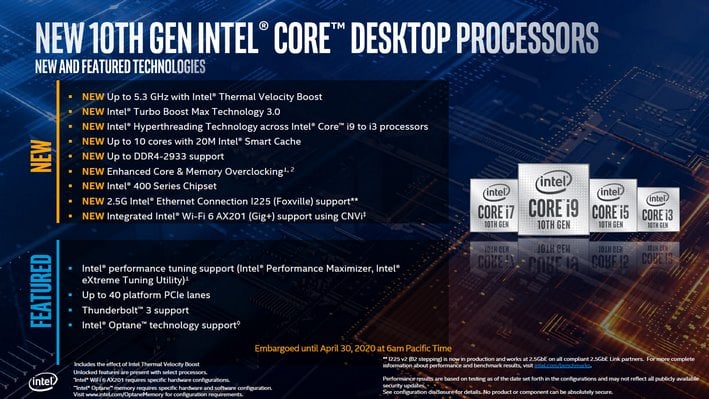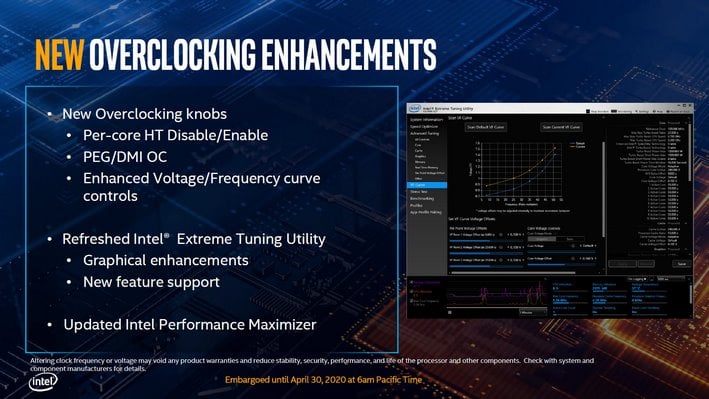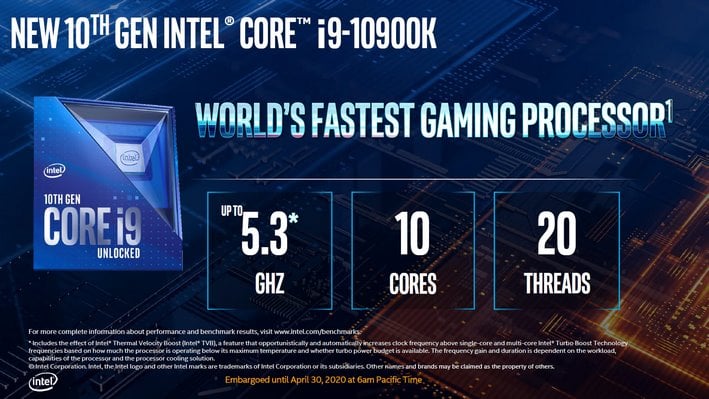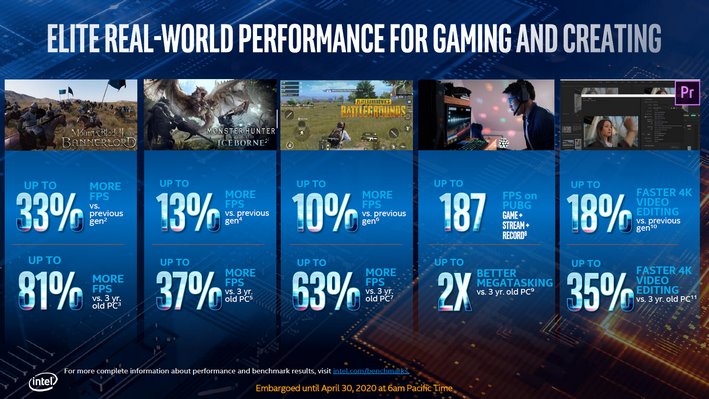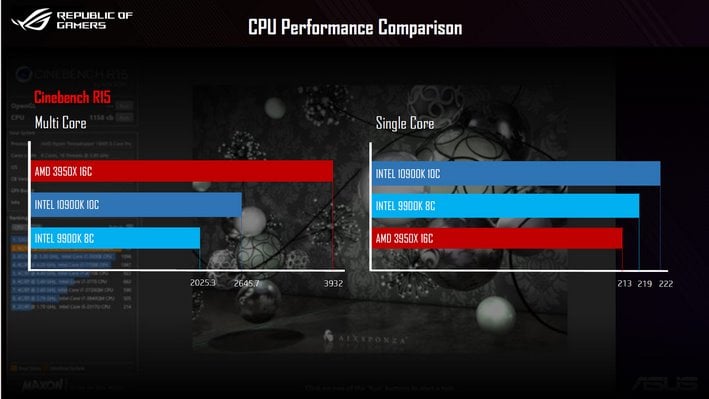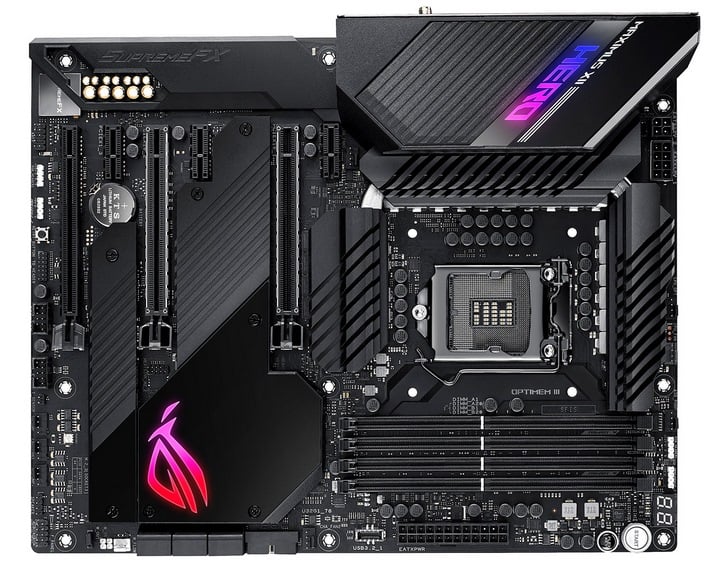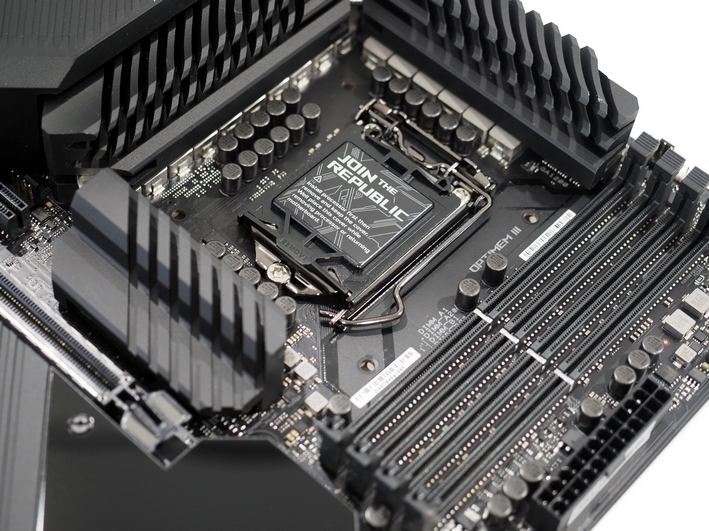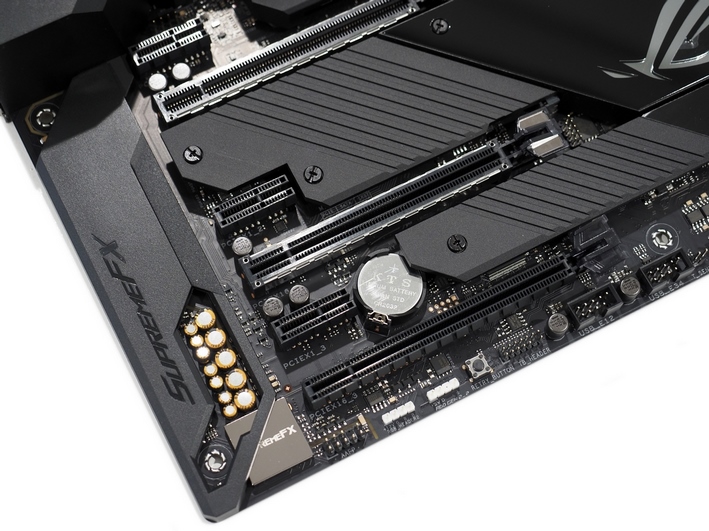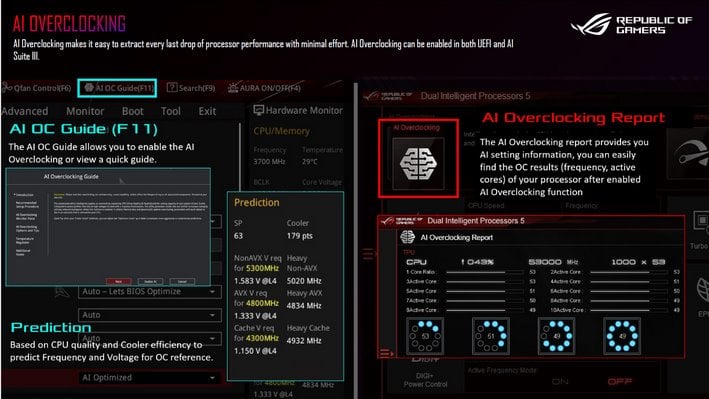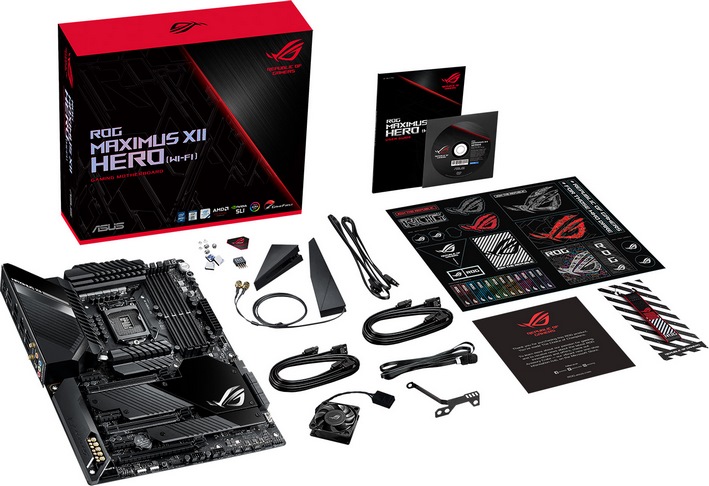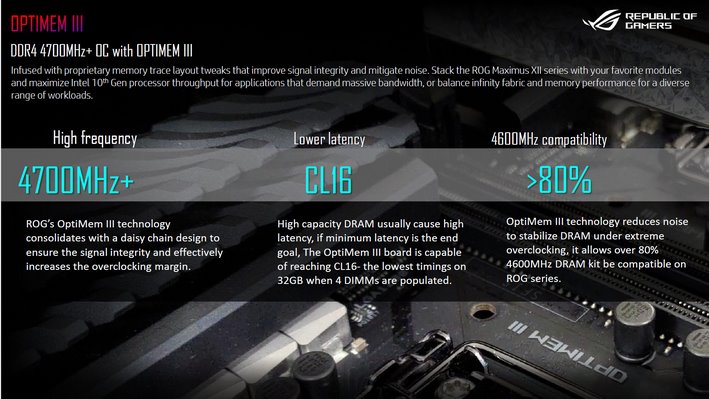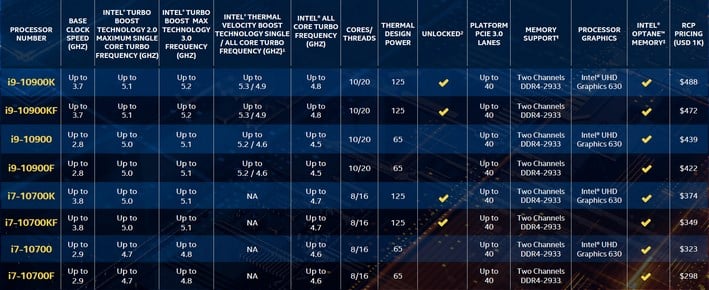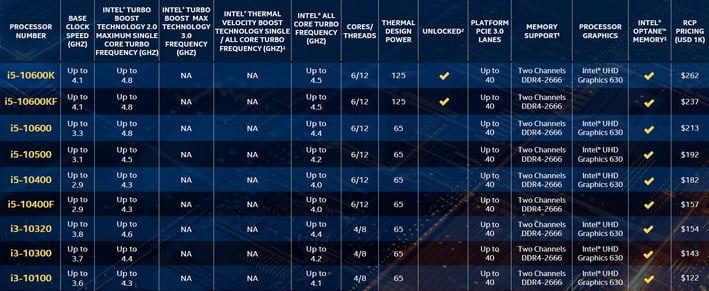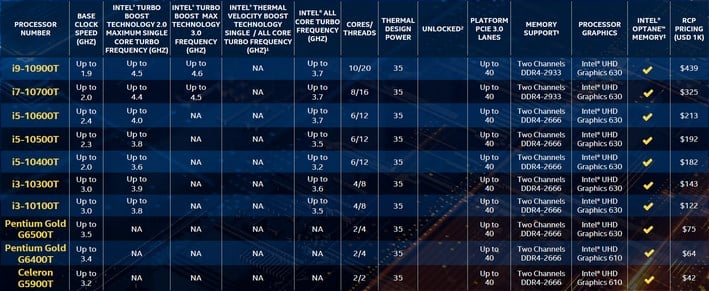Intel 10th Gen Core CPUs And Z490 Boards Launch At 5GHz Plus To Combat Ryzen 3000
Intel 10th Gen Core Comet Lake-S Processors And Z490 Chipset Details
Intel is officially taking the wraps off of its 10th Generation Core S-Series processors, spearheaded by the new flagship 10-core / 20-thread Core i9-10900K. Although this new line-up continues to leverage Intel’s 14nm process node – the 10th Generation Core S-Series processors are not next-generation, 10nm parts based on a new microarchitecture – Intel has tweaked, tuned, and modified quite a number of things to produce an extensive family of processors that target a wide array of price points and use cases.
Although we haven’t been able to run a Comet Lake-S based 10th Gen Core processor though its paces just yet (that should be happening in just a few weeks), we do have a plethora of information regarding new features and platform updates we can share today. First up, let’s see what Intel has crammed into its latest Core processors, before discussing the new chipsets, and checking out an enthusiast-class motherboard from ASUS...
Comet Lake-S based 10th Gen Core processors will boost up to a lofty 5.3GHz with Intel’s Thermal Velocity Boost. If you’re unfamiliar with that feature, Intel Thermal Velocity Boost essentially allows the processors to turbo boost higher and longer, as long as there is thermal headroom available. In the case of these new processors, 70°C is the thermal threshold that will allow them to hit that speedy max turbo frequency. The processors also feature Turbo Boost Max 3.0, which boosts the fastest two cores on the processors, to enhance single and lightly-threaded workloads. Hyper-Threading is now enabled on all Core series processors as well, from Core i3s all the way on up to the top-end Core i9s.
The flagship processor in the line-up, the Core i9-10900K is outfitted with 10 cores (20-threads), with 20MB of Intel Smart Cache. And 10th Gen Core i7s and Core i9s also support DDR4 memory speeds up to 2,933MHz (the max remains DDR4-2,666 for lower-end parts), though with overclocking much higher memory clocks in the neighborhood of 4,700MHz should be possible. There are some overclocking related enhancements built in as well, that we’ll get to a little later.
Although these processors are built using Intel’s aging 14nm process node, the maturity of the process has allowed the company to further tune the frequency and voltage curves of the 10th Gen Core series to wring some additional performance and efficiency from the line-up. Intel has also refined the manufacturing process to thin the actual CPU die. Silicon isn’t a particularly good thermal conductor, so thinning the die should help heat to more efficiently travel into the heat-spreader, which is bonded to the die with solder thermal interface material. Speaking of the heat-spreader, that had to be thickened to maintain compatibility with existing coolers. Intel used additional copper to beef up the HIS, again in a move to aid thermal conductivity.
As has been the case for a number of generations, only 10th Gen “K” processors are unlocked for easy overclocking. But on the overclocking front, Intel will enable the ability to toggle Hyper-Threading on and off on a per-core basis. Further PEG and DMI overclocking should also be possible on the new platform and users will have finer-grained control over the processors' voltage and frequency curves. Intel’s XTU Extreme Tuning Utility is also being updated to support the new capabilities and refine its GUI.
Intel is calling the Core i9-10900K the world’s fastest gaming processor. Considering how well the Core i9-9900K/KS performed with the games we’ve tested in the past, and the Core i9-1900K’s additional cores, cache, and higher frequencies, it should be a killer gaming processor and we wouldn’t be surprised if it ends up outpacing anything from AMD in the majority of games. Of course, we’ll know more when we get to test one...
Intel and its motherboard partners are disclosing some performance related information as well. As you can see, double-digit percentage performance gains are reported across the board versus 9th Gen processors and the uplift over a 3-year old PC is obviously even larger. In Cinebench R15, the Core i9-10900K reportedly offers the fastest single-thread performance and significantly better multi-threaded performance than the Core i9-9900K.
New Chipsets & Motherboards For 10th Gen Core CPUs
10th Generation Core processors require a new socket – Socket LGA1200. Due to that fact, they obviously won’t be compatible with existing LGA1151 motherboards for 9th Generation processors. Along with a new socket, new 400-series chipsets are inbound as well, with the Z490 sitting at the top of the stack.The Z490 chipset launching alongside Intel’s 10th Generation Core processors is similar to the previous-gen Z390, save for a couple of additional features and updates. The high-level block diagram above gives a good visual representation of the Z490 chipset’s main features. Like the Z390 (and a few generations to come before it), the new Z490 chipset is essentially an I/O hub, because all of the traditional functionality previously found in legacy Northbridge chips has been integrated into the processor itself.
In addition to everything that came with the Z390, like support for faster DDR4 memory, up to 24 additional PCIe lanes (over and above the 16 lanes built into the processors), and Optane memory support – along with all of the SATA and USB 2.0/3.0 connectivity, etc. -- the Z490 also integrates many USB 3.2 Gen 1 and Gen 2 ports, Thunderbolt 3, and support for Intel Wireless CNVi. Updates to Intel Rapid Storage Technology will enabled RAID across storage attached to the CPU and/or PCH as well.
Of course, not every motherboard will actually integrate or enable every single feature for various reasons, but the functionality is there should board partners want to use it.
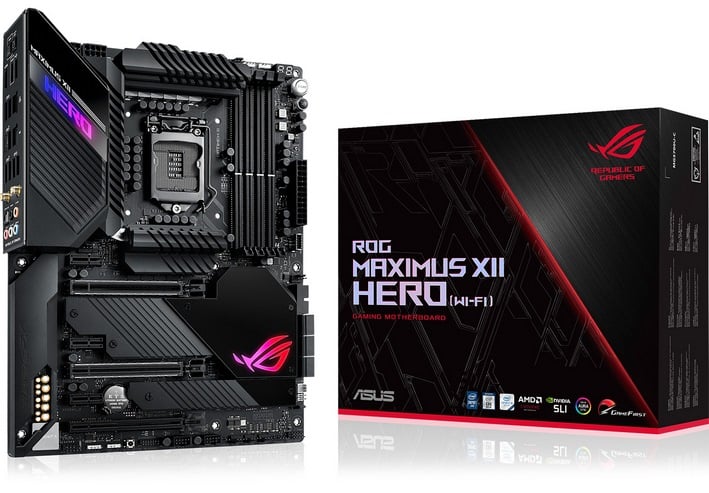
Speaking of motherboards, we’ve already got a killer Z490-based board in had from the ASUS, the Maximus XII Hero Wi-Fi. This is but one of at least 17 Z490-based motherboards coming from ASUS, with prices ranging from about $149 on up to $750. This particular motherboard should arrive at a price point of $399, which puts it at the upper end of the spectrum.
ASUS is highly regarded for its feature-packed, high-end motherboards, and the ROG Maximus XII Hero Wi-Fi clearly fits the mold. This motherboard is absolutely jam-packed with features. The ROG Maximus XII Hero Wi-Fi is outfitted with elaborate cooling, RGB lighting, and a ton of additional capabilities, over and above what’s offered by the Z490 chipset alone. The board features 16 Infineon TDA21490 power stages (14+2), each rated for 60 Amps, though the higher-end “Extreme” variant’s stages are rated for up 90 Amps (There are 4 ROG Maxumus boards coming down the pipe). The power-related circuitry on the board allow the ROG Maximus XII Hero Wi-Fi to provide additional headroom for overclocking not only the processor, but memory as well.
The ASUS ROG Maximus XII Hero Wi-Fi has built-in AURA SYNC LED lighting, which can be extended with additional lighting strips should a user want to add more throughout their system. The board also has metal reinforcements on its expansion slots, and heavy-duty metal heat sinks on the chipset and VRM. Additional shielding covers the board area between the PCIe slots, the back panel I/O, and the area surrounding the chipset as well. Portions of the chipset heatsink assembly are removable, and provides cooling for solid-state drives installed into the M.2 slots beneath.
The ASUS ROG Maximus XII Hero Wi-Fi features high-end capacitors and chokes throughout its design, to improve long-term reliability and efficiency. And it features a mouse-friendly BIOS / UEFI that’s easy to navigate and offers an extensive array of overclocking and performance-related options. Like all of ASUS previous-generation enthusiast-class boards from the last few years, the BIOS on this one is outfitted with everything from high resolution fonts to the latest versions of ASUS’s hardware monitoring and fan control functionality.
The ASUS ROG Maximus XII Hero Wi-Fi is compatible with Intel's XTU Performance tuning utility for tweaking performance from within Windows, and ASUS has its own utilities as well, but the UEFI is outfitted with all of the overclocker-friendly tools we’ve also come to expect from ASUS for manual tweaking. The fan controls on the board are robust and ASUS has put in additional effort to ease configuration, by offering an array of auto-tuning options and presets that can be saved to individual profiles for easy recovery should a user want to revert back to a known, good configuration.
Other features of the ASUS ROG Maximus XII Hero Wi-Fi include USB 3.1 Gen 2 type-C and type-A ports for quick-charging and straightforward connectivity of the latest mobile devices, Aquantia 10-Gigabit Ethernet, Intel 2.5G Ethernet, Intel 802.11ax Wi-Fi, on-board power and reset switches, a POST code error reporter, CrossFire / SLI support, and triple M.2 slots. There have been reports that the Intel multi-gig NIC has some potential issues, but we haven't been able to test anything on our own just yet.
We should also point out that the ASUS ROG Maximus XII Hero Wi-Fi offers 8-channel audio with a Realtek S1220A codec and ES9023 DAC, and it incorporates audio shielding, discrete power delivery, and high-end Japanese capacitors for cleaner sound than most motherboards. It also has lighted audio jacks too, so you can see what’s going on behind your system, even in the dark.
Over and above what’s actually built into the board or available through the chipset, ASUS throws in a wide array of accessories and integrated peripherals including a boatload of decals, documentation, and cables, etc., along with an optional fan to add active cooling to the VRM. There are some cool decals and tie-downs included, and antennas for the 802.11ax Wi-Fi.
Although we haven’t actually installed it into a system yet (we’re waiting on a CPU), the layout of the ASUS ROG Maximus XII Hero Wi-Fi appears to be very good, with clearly marked headers around the edges of the board. We also really like the overall aesthetic. Your tastes may vary, but we think this is a good-looking motherboard, not only in terms of the overall aesthetic, but in terms of its features. It’s not inexpensive at $399, but that’s much more palatable than what some more extreme Z490-based boards will cost.
Intel 10th Gen Core Processor Line-Up
In addition to the 10-core / 20-thread Core i9-10900K, Intel has a multitude of additional desktop processors coming down the pipeline as parts of its 10th Generation line-up, with varying core and cache configurations.As mentioned, the top-end 125W Core i9-10900K will supplant the existing Core i9-9900K and be the company’s flagship desktop processor for mainstream platforms, but a locked, Core i9-10900 with a much lower 65W TDP is being introduced as well. Despite its lower power, the Core i9-10900 is still clocked relatively high though, with base, turbo, and max frequencies of 2.8GHz, 5.1GHz, and 5.2GHz, respectively. That 800MHz reduction in base clock, which allows for a commensurate reduction in voltage, is where most of the power savings are coming from. If you peruse all of these charts, you’ll also see that it’s the unlocked K-SKUs that are all rated at 125W, while the rest of the mainstream Core series line-up is 65W.
We should note that there are “F” SKUs coming for the vast majority of Core i5, i7, and i9 processors as well, which have the Intel UHD graphics engines fused off, so they’ll require a discrete GPU; the entire line-up’s speeds, feeds, and pricing are broken down in the tables here.
There is a new series of 10th Generation “T” Core, Pentium Gold, and Celeron processors coming too, which bring the TDP down even further to only 35W. These processors don’t turbo to frequencies quite as high as their full-power counterparts, but still scale all the way up to 10-cores and 20-threads with the top-end Core i9-10900T.
A wide array of even lower-power Pentium Gold and Celeron processors are also on the way too, with dual cores chips priced as low as $42.
As we have already stated, none of these new processors is based on a totally new architecture or manufacturing process versus previously released 9th Generation Core products. In addition to the higher maximum core count though, the line-up has been tweaked and enhanced to extract more performance and improve power efficiency. Also note that the top-end 10-core part arrives at a slightly lower price than the Core i9-9900K, so the entire value proposition for the 10th Gen line-up changes as well. The additional core resources and higher frequencies aren't going to be enough to catch AMD's top-end mainstream processor, the 16-core Ryzen 9 3950X, but the competition should be pretty fierce from the 3900X on down. We look forward to getting our hands on some 10th Gen Core processors for testing very soon.

